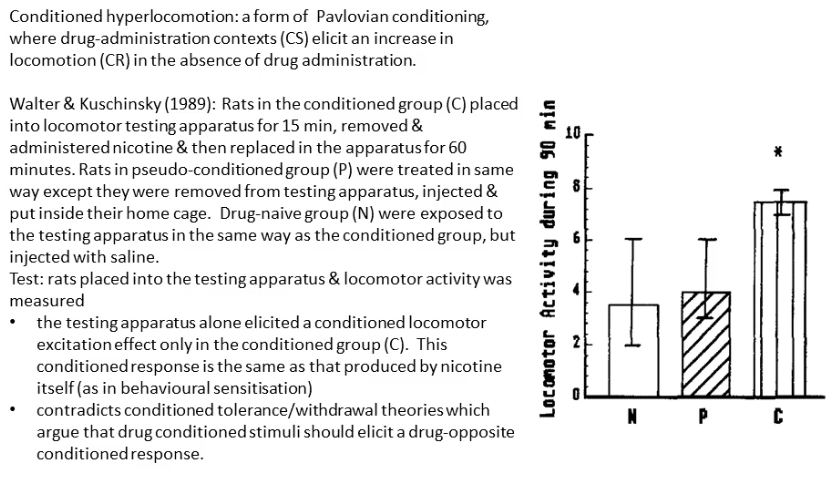Positive reinforcement, craving and economic choice
Contents
Negative reinforcement makes addicts want to take drugs (as to remove the pain)
Self Administration
A study on rats suggests that they err on the positive effects of the drugs, rather than because the rat has acquired a withdrawal syndrome, tolerance or conditioned withdrawal / conditioned tolerance
Drugs increase sensitivity to the rewarding effects, however it can displace the pursuit of other rewards (i.e. food from hunger) which can be harmful (i.e. not eating)
Choice
For binary choice procedures (i.e take the drug or not) - most animals developed self administration behaviours
For concurrent choice procedures...
Ahmed (2012) found that in a group of 184 rats, 20% of the rats developed a preference for cocaine, whilst the remaining 80% preferred saccharin
This is similar to human epidemiological data, that 20% of people who try drugs become dependent
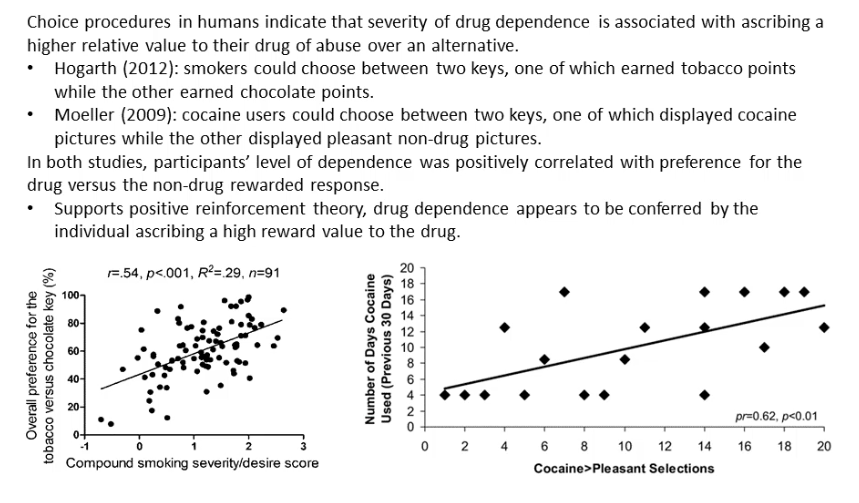
Herrnstein's Matching Law
Choices are allocated between two options in accordance with the relative frequency of rewards earned by those choices.
B1/B2 = R1/R2
- B - behaviour
- R - frequency of reward
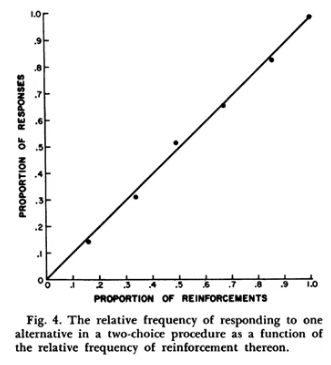
Bias
When there are different rewards available, bias can influence choice
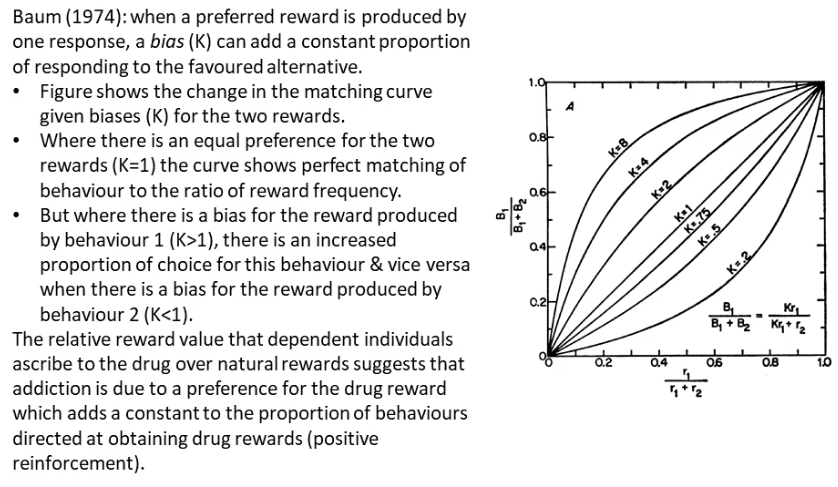
Demand Curve
Low price -> High demand
Higher price -> Less demand
Taxes and high prices of drugs aim to reduce the demand


Decision Theory
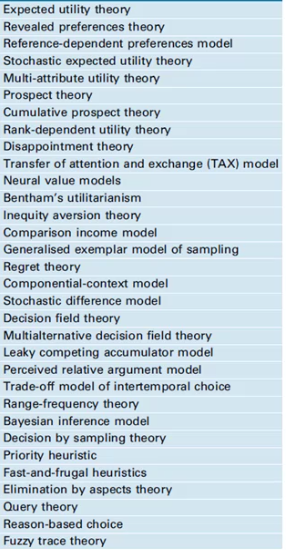
The brain makes decisions based on a number of factors
- Value of each reward
- Probability of the response producing that reward
- Costs associated with the reward (time, money, potential harm)
These values are combined to calculate the utility of each choice, and the reward with the greatest utility is pursued.
Drug dependence may be driven simply as a result of the drug having a higher reward value
Behavioural Sensitisation
After chronic exposure, a sensitised response to the drug is developed - rather than as a result of residual drug existence
Conditioned Hyperlocomotion
